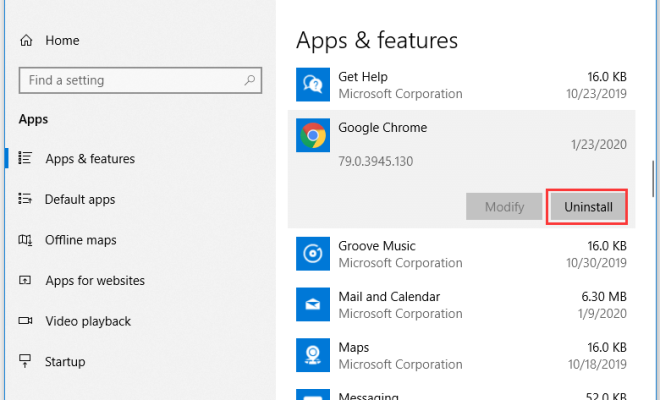What Is a SOCKS Proxy and How Do You Use It?

In the world of internet technology, a proxy server is a powerful tool that can be used for various purposes. Among its many types includes the SOCKS proxy, a type of proxy that works differently from other types of proxies. SOCKS (Socket Secure) proxy is designed to allow users to bypass internet restrictions and access content that is otherwise unavailable in their region. This article aims to explore the various applications of a SOCKS proxy, how it works, and how users can use it.
How does a SOCKS proxy work?
A SOCKS proxy is designed to act as a gateway between a user’s device and the internet. When a user connects to a SOCKS proxy server, their internet traffic is routed through the server, which replaces the user’s IP address with its own IP address. As a result, users can access content that is restricted in their region, bypass firewalls and other types of restrictions, and enjoy a more secure browsing experience.
Unlike other types of proxy servers, the SOCKS proxy does not interpret network traffic or filter incoming and outgoing data. Instead, it routes all incoming and outgoing traffic through the server while maintaining the user’s anonymity. This makes it ideal for users who want to keep their internet activity private.
How do you use a SOCKS proxy?
Using a SOCKS proxy is relatively straightforward, and most modern operating systems allow users to configure a SOCKS proxy easily. An essential step in using a SOCKS proxy is to find a reliable proxy server provider. After finding a trustworthy provider, follow these steps:
Step 1: Select the preferred SOCKS proxy server location and port number. Providers usually list various locations available to users and each location has a corresponding port number.
Step 2: Turn on the SOCKS proxy in the device’s settings. The option to use a SOCKS proxy is usually available in the device’s network settings. Input the location and port number of your preferred SOCKS proxy server.
Step 3: Test if the proxy is working correctly. Test if the SOCKS proxy is working correctly by loading up the user’s browser and visiting a website that shows their IP address. The IP address displayed should match the address of the SOCKS proxy server, indicating that the proxy is working correctly.
Why use SOCKS proxy?
A SOCKS proxy offers many advantages, which explains why it is a popular choice for many users. One of the significant benefits of using a SOCKS proxy is that it allows users to bypass internet restrictions and access blocked or censored content. Many users, particularly in countries with strict internet regulations, rely on SOCKS proxies to access websites and services that are otherwise unavailable.
Another benefit of using a SOCKS proxy is that it offers improved privacy and security. SOCKS proxies do not filter or monitor incoming and outgoing traffic but only act a gateway, reducing the risk of data breaches and cyber-attacks.
In conclusion, a SOCKS proxy offers a reliable and effective way to bypass internet restrictions, protect user privacy, and increase security. As with any technology, using a SOCKS proxy requires users to choose a reliable provider, follow best practices when configuring the proxy, and ensure that the proxy is working correctly before using it. By doing so, users can take advantage of the benefits of SOCKS proxy while enjoying a secure browsing experience.






